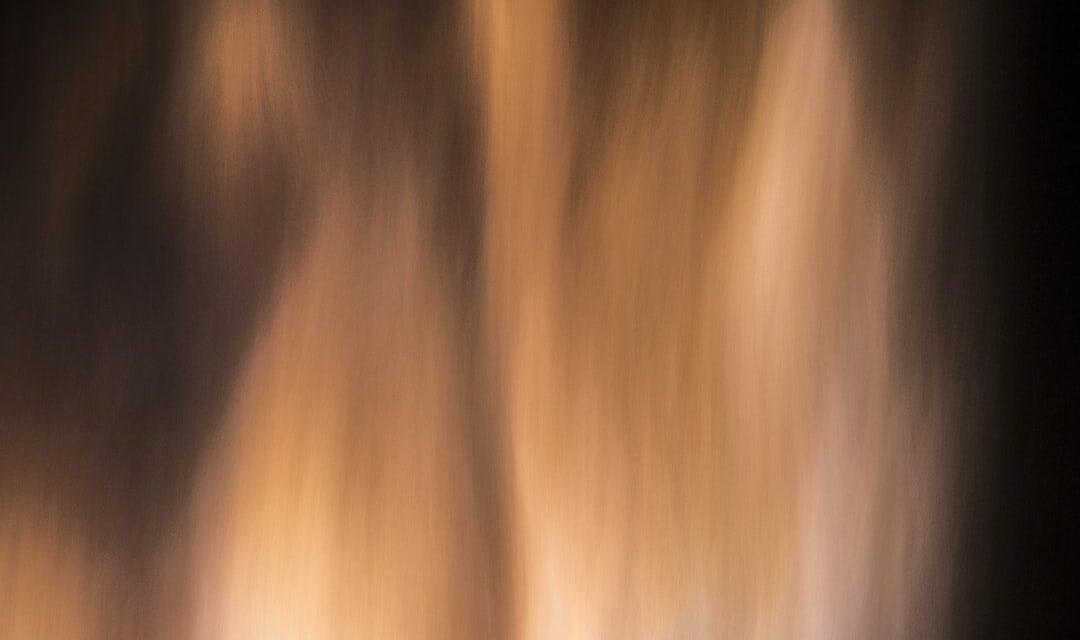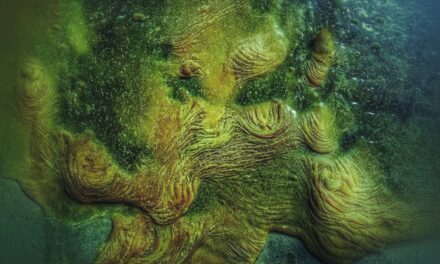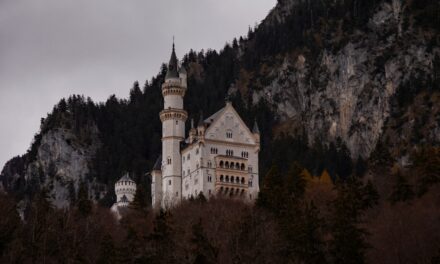Jan van Eyck, one of the most pivotal figures in the history of Western art, was born around 1390 in the region of Maaseik, which is now part of modern-day Belgium. The details of his early life remain somewhat obscure, but it is widely believed that he received a comprehensive education that included both artistic training and exposure to the burgeoning cultural milieu of the Low Countries. His early years were likely spent in an environment rich with artistic influences, as the region was a hub for trade and cultural exchange during the late Middle Ages.
This exposure would later inform his distinctive style and innovative techniques. Van Eyck’s formal training is less documented than that of some of his contemporaries, but it is generally accepted that he was influenced by the Gothic tradition, which was prevalent in Northern Europe at the time. He may have apprenticed with established artists, learning the intricacies of oil painting and the use of tempera.
The transition from tempera to oil paint was revolutionary, allowing for greater detail and depth in artworks. Van Eyck’s mastery of this medium would set him apart from his peers and lay the groundwork for future generations of artists.
Summary
- Jan van Eyck was born in the early 1390s in the Dutch city of Maaseik and received his artistic training in the workshop of his older brother, Hubert van Eyck.
- Van Eyck rose to prominence in the art world as a result of his meticulous attention to detail, use of oil painting techniques, and innovative approach to capturing light and shadow.
- His use of oil painting techniques, such as glazing and layering, revolutionized the art world and set new standards for realism and depth in painting.
- Notable works and commissions by van Eyck include the Ghent Altarpiece and the Arnolfini Portrait, both of which showcase his mastery of religious and secular subjects.
- Van Eyck’s influence on Northern Renaissance art can be seen in the work of his contemporaries and followers, who adopted his techniques and style in their own paintings.
Rise to Prominence in the Art World
Artistic Innovation and Acclaim
His ability to create lifelike representations and intricate details in his paintings garnered him significant acclaim, leading to commissions from nobility and wealthy merchants alike. As van Eyck’s reputation grew, so did his influence on the artistic landscape of Northern Europe. His innovative techniques and meticulous attention to detail set new standards for realism in painting.
A New Era in Painting
The use of oil paint allowed him to achieve a luminosity and richness of colour that had not been seen before. His works began to circulate widely, inspiring a generation of artists who sought to emulate his style.
A Lasting Legacy
By the time of his death in 1441, van Eyck had firmly established himself as a master painter, leaving an indelible mark on the art world.
Techniques and Innovations
One of Jan van Eyck’s most significant contributions to art was his pioneering use of oil paint. While oil painting had been used in various forms prior to his time, van Eyck perfected its application, allowing for unprecedented levels of detail and realism. His technique involved layering thin glazes of paint, which created a depth and richness that brought his subjects to life.
This method not only enhanced the visual quality of his works but also allowed for greater flexibility in blending colours and achieving subtle tonal variations. In addition to his mastery of oil paint, van Eyck was known for his meticulous attention to detail. He often employed a technique called “sfumato,” which involved softening edges and creating a smoky effect that added depth to his compositions.
This approach can be seen in his famous work, “The Arnolfini Portrait,” where the textures of fabrics and the play of light are rendered with astonishing precision. Van Eyck’s innovations did not merely enhance aesthetic appeal; they also transformed the way artists approached realism, paving the way for future developments in European painting.
Notable Works and Commissions
Among Jan van Eyck’s most celebrated works is “The Arnolfini Portrait,” painted in 1434.
The painting is often interpreted as a marriage contract, with various elements within the composition—such as the dog symbolising fidelity and the convex mirror reflecting two figures—imbuing it with layers of meaning.
The meticulous rendering of textures, from the luxurious fabrics to the gleaming surfaces, showcases van Eyck’s unparalleled skill and attention to detail. Another significant work is “The Ghent Altarpiece,” completed in 1432 in collaboration with his brother Hubert van Eyck. This monumental polyptych is considered one of the masterpieces of Northern Renaissance art.
It features a complex arrangement of panels depicting biblical scenes, including the Adoration of the Mystic Lamb at its centre. The altarpiece exemplifies van Eyck’s ability to convey emotion through facial expressions and gestures while also showcasing his innovative use of colour and light. The Ghent Altarpiece remains a testament to van Eyck’s artistic genius and continues to captivate audiences today.
Influence on Northern Renaissance Art
Jan van Eyck’s impact on Northern Renaissance art cannot be overstated. His innovative techniques and emphasis on realism set a new standard for painters in the region and beyond. Artists such as Rogier van der Weyden and Hans Memling were directly influenced by van Eyck’s work, adopting his methods and stylistic elements in their own creations.
The meticulous attention to detail and emotional depth found in van Eyck’s paintings became hallmarks of Northern Renaissance art. Moreover, van Eyck’s exploration of light and colour transformed how artists approached their compositions. His ability to capture the interplay between light and shadow allowed for a more dynamic representation of space and form.
This emphasis on naturalism would resonate throughout the Renaissance period, influencing not only painters but also sculptors and architects who sought to create more lifelike representations in their work. Van Eyck’s legacy is evident in the evolution of art during this transformative period.
Personal Life and Relationships
Personal Life and Relationships
The couple likely resided in Bruges, where van Eyck spent a significant portion of his professional career. His connections within the Burgundian court suggest that he moved within elite circles, forming relationships with influential patrons who would support his artistic endeavours.
Collaboration and Familial Bonds
Van Eyck’s relationships extended beyond his immediate family; he was known to have collaborated with his brother Hubert, who was also an artist. Their partnership on projects such as “The Ghent Altarpiece” highlights not only their familial bond but also their shared commitment to pushing the boundaries of artistic expression.
The Impact of Relationships on His Career
Despite limited information about his personal life, it is clear that van Eyck’s relationships—both familial and professional—played a crucial role in shaping his career and artistic output.
Legacy and Impact on Art History
Jan van Eyck’s legacy is profound and far-reaching, marking him as one of the foundational figures in Western art history. His innovations in oil painting revolutionised artistic practices, influencing countless artists across Europe for generations to come. The techniques he developed laid the groundwork for future movements, including the High Renaissance and Baroque periods, where realism and emotional expression became central tenets.
Moreover, van Eyck’s emphasis on detail and symbolism opened new avenues for narrative depth within painting. His works invite viewers to engage with complex themes and ideas, encouraging a more profound appreciation for art as a medium for storytelling. As art historians continue to study his contributions, it becomes increasingly clear that Jan van Eyck’s influence extends beyond mere technique; he reshaped how art was perceived and valued within society.
Jan van Eyck’s Role in the Court of Burgundy
At the court of Philip the Good, Jan van Eyck held a position that allowed him not only to create art but also to engage with influential figures across Europe. His role as court painter provided him with access to a network of patrons who were eager to commission works that reflected their status and power. This environment fostered an atmosphere of artistic innovation, where van Eyck could experiment with new techniques while responding to the tastes and desires of his patrons.
Van Eyck’s presence at court also facilitated cultural exchange between different regions, as he interacted with artists from Italy and other parts of Europe. This cross-pollination of ideas contributed to the evolution of Northern Renaissance art, as artists began to incorporate elements from various traditions into their work. Van Eyck’s ability to navigate these diverse influences while maintaining his unique style exemplifies his significance within this vibrant cultural landscape.
Religious and Symbolic Themes in van Eyck’s Art
Religious themes permeate much of Jan van Eyck’s work, reflecting the deeply spiritual context of his time. His paintings often depict biblical narratives or saints, infused with rich symbolism that invites contemplation and interpretation. For instance, “The Ghent Altarpiece” serves as a visual testament to Christian beliefs, presenting complex theological concepts through its intricate iconography.
Van Eyck’s use of symbolism extends beyond religious themes; everyday objects within his compositions often carry deeper meanings. In “The Arnolfini Portrait,” items such as the chandelier or the fruit on the windowsill can be interpreted as symbols of wealth or fertility, adding layers to what might initially appear as a simple domestic scene. This interplay between surface appearance and underlying meaning showcases van Eyck’s ability to engage viewers intellectually while also appealing to their emotions.
Jan van Eyck’s Mastery of Portraiture
Jan van Eyck is often celebrated for his exceptional skill in portraiture, capturing not only physical likenesses but also psychological depth within his subjects. His portraits convey a sense of individuality that was groundbreaking for their time; each figure appears distinctively human rather than merely an idealised representation. This focus on characterisation allows viewers to connect with subjects on a personal level.
In works such as “The Man in a Red Turban,” van Eyck employs meticulous detail to render textures like skin and fabric with remarkable precision. The direct gaze of the subject engages viewers, inviting them into an intimate dialogue with the artwork. Van Eyck’s portraits are not merely likenesses; they encapsulate personality and emotion, establishing him as a masterful portraitist whose influence can still be felt in contemporary portraiture.
Conservation and Preservation of van Eyck’s Artworks
The conservation and preservation of Jan van Eyck’s artworks present both challenges and opportunities for art historians and conservators alike. Many of his paintings have survived centuries due to their robust oil medium; however, they are not without their vulnerabilities. Factors such as environmental conditions, previous restoration attempts, and changes in artistic practices over time can affect their integrity.
These methods allow conservators to uncover underdrawings or previous restorations that may not be visible to the naked eye. By employing these advanced techniques alongside traditional conservation methods, experts strive to maintain the authenticity and vibrancy of van Eyck’s works for future generations while ensuring that they continue to inspire awe and admiration among art lovers worldwide.
If you are interested in exploring different artistic techniques, you may also enjoy reading about using rust and patina for vintage mixed media effects. This article provides valuable insights into how to incorporate these elements into your artwork to create unique and visually striking pieces. Check it out here.




